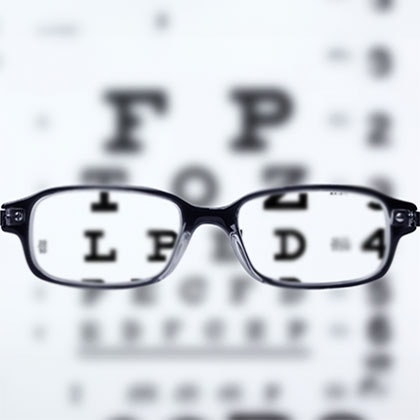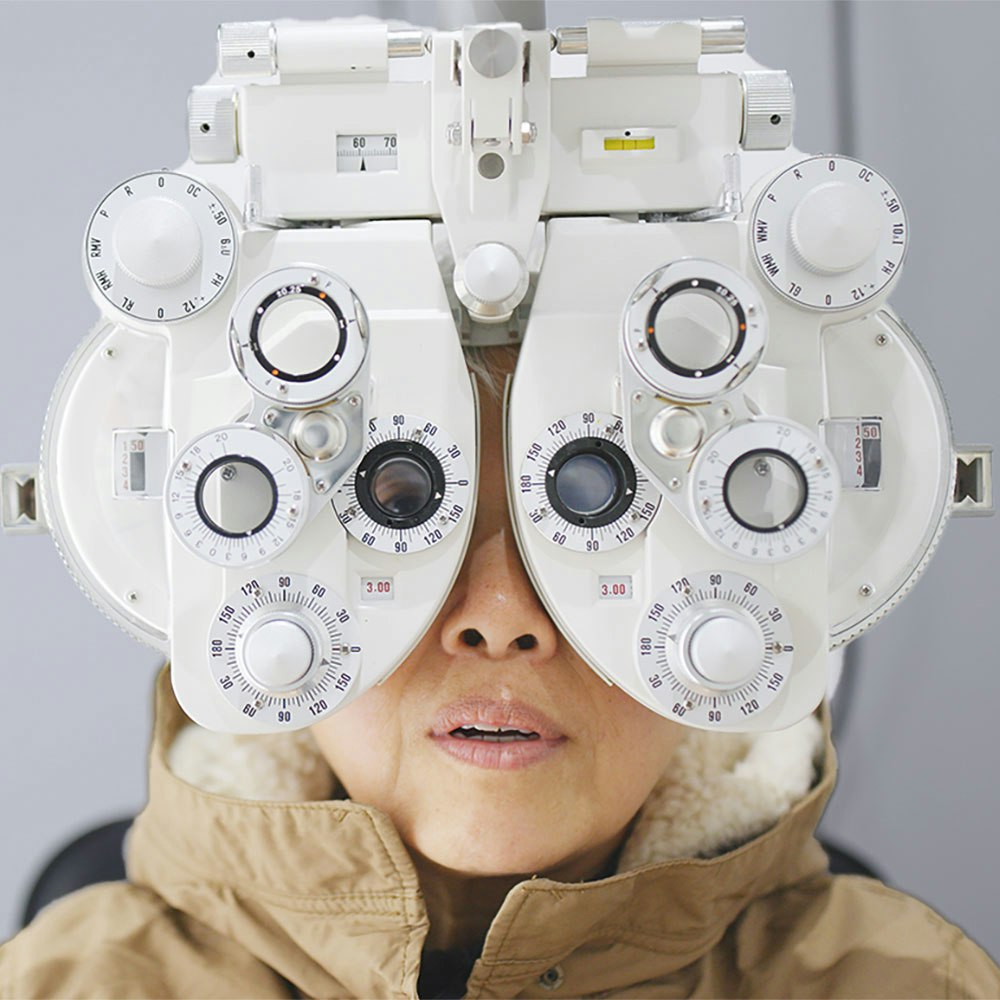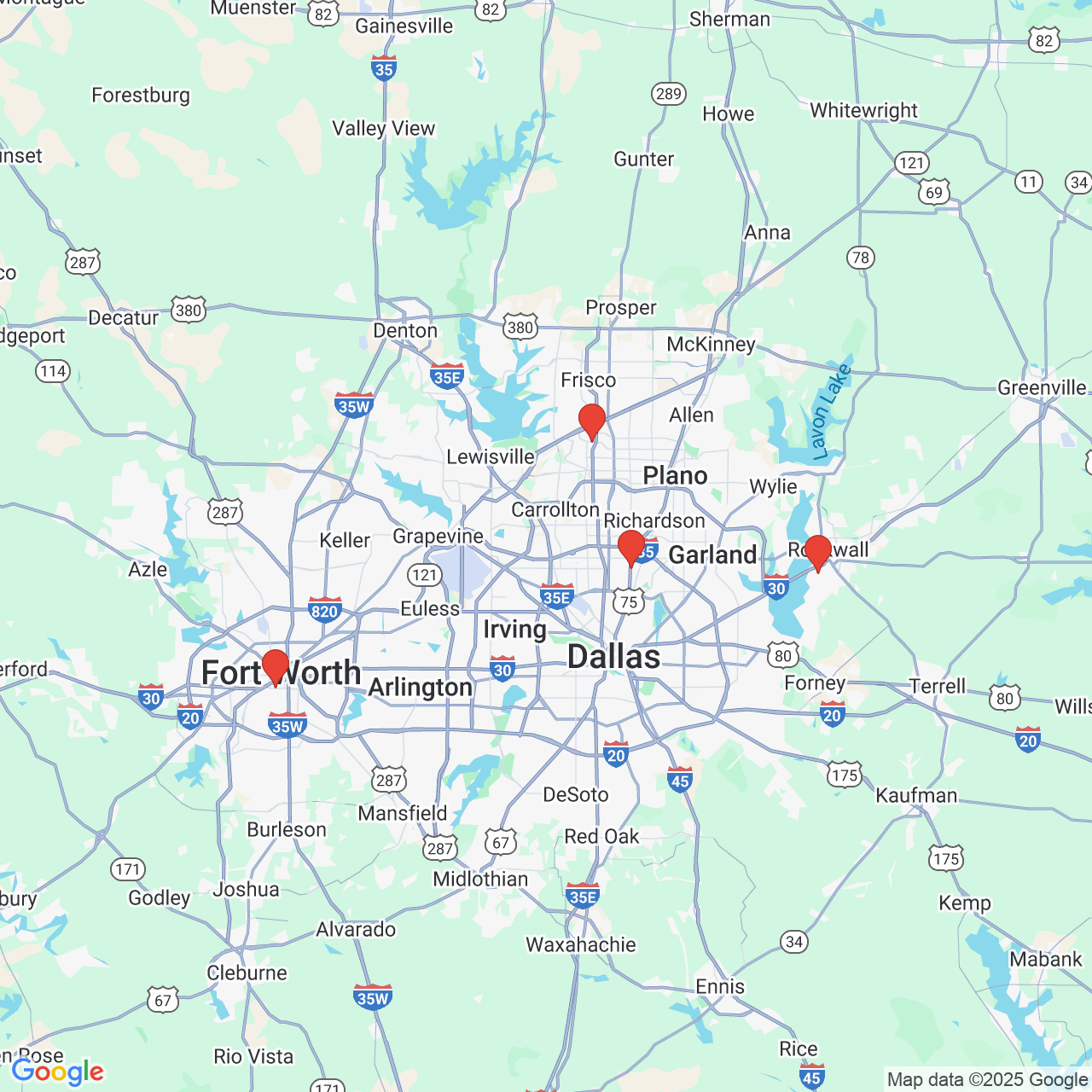LASIK Eye Surgery
Blurry vision makes it difficult to perform simple tasks. Although contacts or glasses help, they can be inconvenient and limiting.
LASIK eye surgery can enhance your vision in just minutes so you can see clearly without prescription eyewear.
What makes LASIK at Cornea Associates of Texas in Dallas, TX, such a great option for better vision? Find out during a free consultation.
$500 Off Bilateral Laser Vision Correction Take Advantage of This Limited-Time Offer
Cornea Associates of Texas is pleased to offer a $500 credit towards your bilateral laser vision correction procedure. This offer is valid through December 31, 2025.
The Region's Leading Eye Care Facility Serving Dallas, TX, With Decades of Combined Experience
Cornea Associates of Texas, the Dallas area's leading eye care facility, uses state-of-the-art technology and a caring approach to improve your vision through LASIK surgery.
We are recognized by our peers as authorities and are often called upon to consult on difficult vision correction cases. Each of our highly trained LASIK surgeons is a cornea specialist with advanced fellowship training.
A Closer Look at LASIK Surgery Which Vision Problems Does LASIK Correct?

Nearsightedness
Also called myopia, nearsightedness is when close-up vision is clear, but distance vision is blurry.

Farsightedness
Also called hyperopia, farsightedness is when distance vision is clear, but close-up vision is blurry.

Astigmatism
Astigmatism is an error in the curvature of the eye that can cause blurry vision at all distances.
Laser vision correction surgery involves creating a flap in the outermost corneal tissue (epithelium) and then reshaping the tissue underneath (stroma) to enhance your ability to focus.
Meet the JNJ Star S4 Excimer Laser

Our Surgeons Are Leaders in the Field Who Listen to Their Patients
When it's time to put your trust in a surgeon, you want to know that they've heard you. Our surgeons at Cornea Associates of Texas are not only highly trained, but also excellent listeners who care about each and every patient.
When it comes to eyesight, we know people aren't just buying a procedure. They are also putting their trust in a surgeon. We invite you to learn first-hand why so many in the greater Dallas–Fort Worth area trust their vision to our team.
Request a free consultation at our Dallas, TX, office today, or give us a call:
5-Star Reviews From Dallas, TX "Now my son can see 20/20."
They exceeded any expectations we might have. My adult child had a very high eye prescription and Dr. McCall performed Lasik and now my son can see 20/20. The office staff is kind and efficient. The doctor and his staff took their time to put us at ease. Professional, efficient and thorough. Highly recommend.
View on Google
Dr. Alexander is amazing! She is so kind and did a wonderful job preparing me for Lasik. She went over everything with me and made sure I was comfortable. The appointments are long because they are so thorough. The procedure was smooth and her attention to detail is unmatched. Cannot recommend her & this practice enough. I was so nervous but this was immediately worth it and I am so grateful for her. If you are considering Lasik, please go see Dr. Alexander! She is the best.
View on GoogleHow We Stand Out From the Crowd Benefits of Choosing Cornea Associates of Texas
Cutting-Edge Technology
We use state-of-the-art technology to diagnose eye conditions and perform laser refractive surgery.
By combining the Intralase femtosecond laser, the JNJ Star S4 excimer laser, and iDesign software, our ophthalmologists are able to provide safe, accurate surgery with results that last for the long term.
Flexible Financing
Vision is invaluable, which is why we strive to make LASIK accessible to as many people in the greater Dallas-Fort Worth area as possible. In addition to accepting major credit cards, we also offer patient financing through CareCredit.
Cost will look different for every patient, so we recommend coming into our office for a free consultation.
Follow-up Appointments
We want to ensure that you're entirely happy with your LASIK results, which is why we offer free enhancements for the first 12 months after surgery to sharpen your vision to its full potential.
Your follow-up appointment schedule will look like the following: 1 day post-op, 7–10 days, 1 month, 3 months, 6 months, 9 months, 12 months.
Is LASIK Safe?
Laser eye surgery is incredibly safe, and today’s advanced technology has made it safer and more precise than ever before. According to the American Refractive Surgery Council, the LASIK procedure carries a less than one percent chance of surgical complications.
Of course, technology is just one part of refractive eye surgery. To reduce the chance of complications you will also want to choose a highly trained specialist in eye surgery.
The LASIK surgeons at Cornea Associates of Texas are highly skilled when it comes to using the advanced technology used in today's LASIK procedures. In fact, many of them participated in the original Food and Drug Administration (FDA) trials for using excimer lasers in eye surgeries.
Reach out to our team today to find out if this procedure is right for you.

Can LASIK Treat Presbyopia?
Because LASIK treats the cornea, it is not an effective treatment for presbyopia. Presbyopia is an age-related inability to focus on nearby objects due to a loss of flexibility in the crystalline lens, which is the disc of tissue that lies behind the cornea within the eye. During a consultation, we can identify your vision needs and recommend the most effective treatment for your case.
Free Consultations To Bring You One Step Closer to Clearer Vision

Each year, you have to spend money on new contact lenses and glasses. Over time, you'll end up paying a significant amount on corrective lenses.
Making an investment in laser vision correction can end up saving you money in the long run. Not to mention, it will actually address and correct the root cause of your blurry vision.
At Cornea Associates of Texas, we offer free laser correction surgery consultations, so that our patients are one step closer to clear vision. Reach out to our Dallas, TX, office or call:
214-696-5900
"I had a great experience at Cornea Associates of Texas for my LASIK procedure. The staff was always friendly and the wait time was always short when I went in for my consultation and check ups. Dr. Bowman was always friendly and explained the LASIK procedure thoroughly. It's been a year since having LASIK and it's been life changing. With a toddler and now a newborn, it's been such a help not having to mess with contacts and glasses. I definitely recommend Cornea Associates of Texas!" Sarah H., 5-Star Google Review

Does the Thought of Eye Surgery Make You Nervous?
LASIK can be a life-changing experience, but we understand that some may feel anxious about refractive eye surgery.
In talking with patients, we have discovered that for many, their anxiety is rooted in the unknown. Most concerns can be relieved simply by sitting down with a surgeon who can explain our procedures and safeguards in detail.
Please take advantage of our free consultations so we can address your concerns.
A Highly Successful Refractive Procedure Performed by Top Dallas Surgeons
Numerous LASIK studies have shown as many as 99.5% of patients enjoy 20/40 vision after this refractive procedure, and as many as 95% enjoy 20/20 vision or better. This is one of the safest and most successful options available to help you overcome common vision problems for good.
You're in great hands for LASIK surgery at Cornea Associates of Texas, serving Dallas–Fort Worth. Our ophthalmologists have performed refractive surgery for public figures who rely on their clear vision every day, like former Dallas Cowboys quarterback Andy Dalton and NBC 5's Weather Experts senior meteorologist, David Finfrock.
Book a free consultation at our ophthalmology office in Dallas today. Send us an online message or call:

Recovering From LASIK Tips for Smooth Healing
Use Your Eye Drops as Directed by Your Doctor
Your doctor will likely prescribe steroidal or antibiotic eye drops for you to use in the first few days after LASIK, and they may also recommend adding a lubricating eye drop to your routine. The prescription eye drops will be very important to ensure proper healing, and the lubricating eye drops will help you mitigate discomfort.
Don't Rub Your Eyes and Avoid Using Eye Makeup
Even if you feel the urge, don't rub or itch your eyes in the first month of LASIK recovery. You could disturb the corneal flap and require further attention from a doctor. Use lubricating eye drops to soothe irritation instead. Similarly, do not wear eye makeup for a few weeks to keep the healing site clean and free of infection.
Attend All Your Follow-Up Appointments
Your eye doctor will schedule several follow-up visits to our Dallas eye care office in the 12 months after your LASIK surgery, and it's important that you attend all of them. These visits allow your doctor to monitor your progress much more closely than they could otherwise, which keeps you on track to achieve your ideal results.
Do You Have Questions?
Visit our Frequently Answered Questions page for more information on recovery and dry eyes after treatment, how much vision improvement you can expect, and much more.
More 5-Star Reviews "Professional, friendly, helpful and efficient"
The whole team is professional, friendly, helpful and efficient. Dr. Nettune is great and took the time to answer all my questions and concerns and did a fantastic job on my surgeries'!
View on GoogleDr. Comstock was very thorough, professional and absolutely knowledgeable about the process we were inquiring about. She answered all our questions and stayed with us as long as we needed. In fact, all the staff we encountered were exceptional!
View on Google


